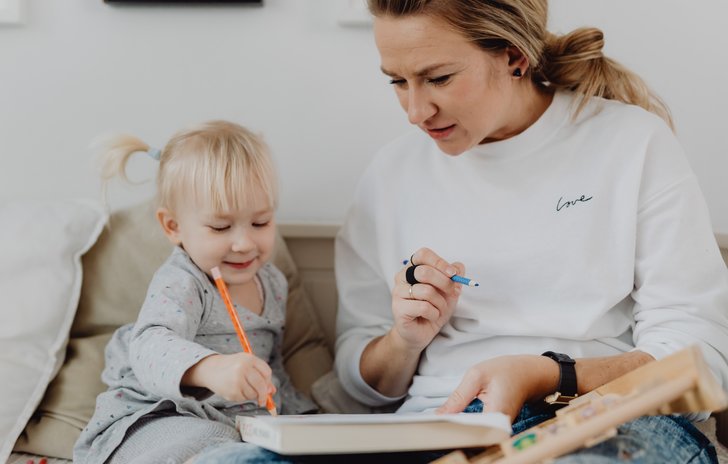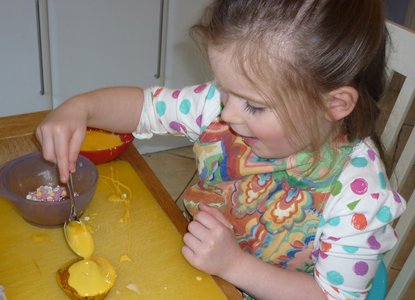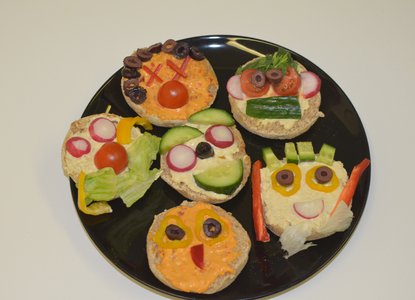This activity will get your child chatting, having a go at writing and will keep them busy during a trip to the shops.
It encourages them to speak about the foods they do and don't like, and might support them to try tasting something new.
You can do this activity anytime you are going to the shops (when you have time!) or plan a shopping trip for a specific meal, baking activity, or to prepare for a picnic.
- Sit down with your child and start making your own shopping list.
- Let them see that you are thinking, and speak aloud as you write.
- Invite your child to write their own list, or add something onto yours.
- Give them paper and a pen/pencil (just like yours).
- Ask them what they are going to write on their list, or make suggestions to help them.
- Your child's 'writing' may be squiggles or shapes, this is the beginning of learning to write! Praise their efforts to make them feel confident about writing.
- Some older children may be ready to have a go at working out what some of the sounds are in the words and writing down the letters.
- Chat as you go and ask your child questions like “Shall we take sandwiches on our picnic?” and “What will we need to make them?”
- If you have some supermarket/food magazines you could let your child cut and stick pictures to make a visual list instead.
Then when you go to the shops, take your lists and try to find the items together.
Watch the video
At the shop:
Bring your lists with you when you go to the shop.
Involving your child in the shopping is a great learning activity, and will keep them happy and interested too.
- Check your list, and encourage your child to check theirs too.
- Ask them questions like Where do you think we'll find those?
- Talk to them and give them clues about what you're looking for. For example: Next we need to find something we eat at breakfast time...
- If you’re planning a specific meal, tell them about the recipe and what you need. For example: We need tomatoes for the spaghetti sauce.
- Encourage them to help you count items. For example: We need one, two, three apples.
- Talk about and show them the letters and symbols on the labels,
- Teach them about numbers and money by showing them the price labels and talking about how much things cost.
Good to know
Writing and reading shopping lists will help your child recognise that written words have meaning.




